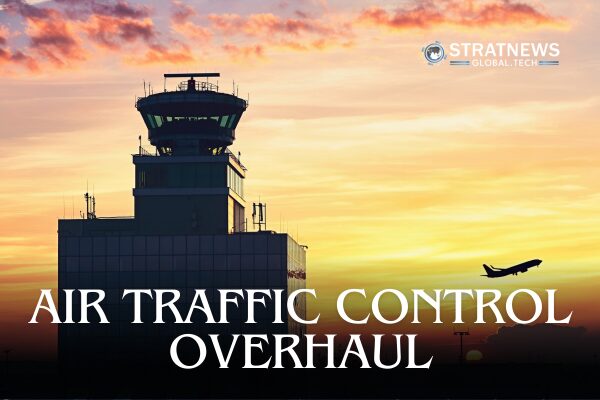U.S. Unveils Major Plan to Modernise Air Traffic Control System
U.S. Transportation Secretary Sean Duffy has announced a sweeping proposal to modernise the nation’s ageing air traffic control system. The effort aims to tackle growing airport congestion, reduce flight delays and improve safety standards.
A Complete Overhaul of a Failing System
Speaking at an event on Thursday, Duffy said the current system is beyond repair. “The system we have here is not worth saving,” he stated, estimating the project would take three to four years. He described the need for a “brand new state-of-the-art air traffic control system,” noting that delays in updating infrastructure had gone on far too long.
The plan includes replacing radar and communication systems, upgrading air traffic control towers and facilities, and expanding staffing. The Federal Aviation Administration (FAA) is seeking funding for six new air traffic control centres, anti-collision technology at 200 airports, and upgrades to 618 radar systems. New radios, network connections, and expanded ADS-B surveillance are also part of the proposed improvements.
Industry and Government Support
President Donald Trump said the administration may select a single company to oversee the overhaul. “We are now in the market to buy a gorgeous brand new system,” he said.
Although a precise cost was not given, Duffy previously estimated the investment would run into the tens of billions of dollars. Industry leaders at the event, including airline CEOs and senior executives from Boeing and Airbus, supported the initiative. Southwest Airlines CEO Bob Jordan said, “There is widespread agreement that we have a problem… it will take money, effort and will to get this done.”
Acting FAA Administrator Chris Rocheleau echoed the urgency. “It’s long past time when we need to fix this problem,” he said.
Responding to Crises and Staffing Shortages
The urgency follows a series of alarming incidents, including a fatal mid-air collision in January that killed 67 people. Duffy said he wants new airport safety equipment and incentives to address a shortage of 3,500 air traffic controllers.
Verizon, which secured a $2.4 billion FAA contract in 2023 to upgrade telecom systems, is already playing a key role. Duffy said he regularly speaks with Verizon CEO Hans Vestberg about the reform progress. However, he did not confirm whether Elon Musk’s Starlink would be part of the project.
Trump previously proposed privatising air traffic control in 2017, but Congress rejected the idea. On Thursday, Duffy ruled out any attempt to revisit privatisation.
Funding Push Begins in Congress
Airlines and stakeholders are now calling for at least $31 billion in funding. A U.S. House panel has proposed an initial $12.5 billion, including $2.5 billion to replace towers and contract facilities.
Relatives of victims from the January crash were present at the announcement, a reminder of the human cost of delayed reforms. Duffy said the plan must be a priority, requiring sustained commitment from both government and private partners.
with inputs from Reuters


